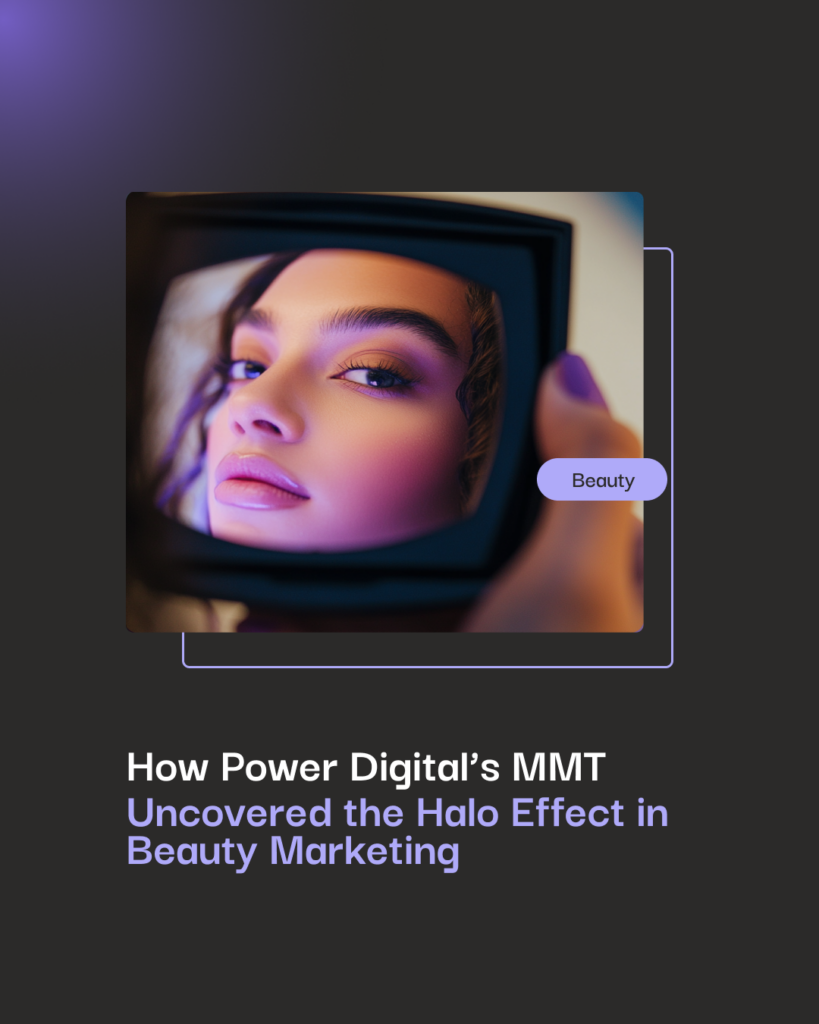How to Optimize Your PPC Strategy

As a company or brand, you want all eyes on you. For this, you need to show up among the top ranks of Google SERPs (search engine result pages) and be visible on YouTube and various other platforms. There are two ways to achieve this: organically and through paid advertising. And as any experienced digital marketing agency will tell you, it’s best practice to use both.
Organic search results come about through months (or years) of quality content production and a strong SEO foundation. Consistent blog posts and social media content will slowly increase your domain’s authority and move you up the organic search rankings.
Then there’s paid search advertising and pay per click marketing (PPC). A paid search campaign allows you to bypass the system and create viewership in hopes of gaining leads, closing deals, and recouping your investment. However, you can’t just throw money at the system and expect a quality ROI from a paid search ad.
For this, you need research, a bit of finesse, and of course, a sound paid search strategy and whole lot of optimization.
That’s where we come in.
Optimizing Paid Search and PPC | Terms to Know
Before diving into the details and offering actionable paid search ad tips, let’s cover the basics.
What is paid search, and what is pay per click advertising?
Almost any search query on Google or Bing will have a few links at the top with the words “AD” next to them. These search ads sit above the organic search results, which allow brands to gain viewership without having to go through months of organic content strategy. Every time one of these paid search ad links are clicked, the company or brand pays a certain amount of money.
Some terms to know are:
Keywords
You can target your ads to certain keywords within the search query. As a workout supplement company, you might aim for common search terms like “pre-workout shake” or “what is the best supplement for working out.”
- Short-tail keywords, like the former, will have more companies and businesses vying for usage.
- Long-tail keywords, like the latter, will have less competition and will cost less to advertise for them.
Bid
The price per keyword, or in the case of Google “Google Ad Word,” depends on how much competition there is for the keyword. As mentioned, long-tail keywords will cost less.
Impression share
Your impression share tells you how well your PPC ad is performing. Essentially it’s the number of impressions you received divided by the estimated impressions you were eligible for.
Negative keywords
As opposed to target keywords, these are keywords you don’t want to appear for. To continue the workout supplement example, you may want to exclude “workout shake weights,” considering the user was probably trying to find the viral product “Shakeweight”
To gain the most traction for your brand, you need to continually adjust your bids for the keywords you want to rank for. Once your ads are live, you then need to monitor your impression shares and exclude any negative keywords to avoid wasting marketing dollars on unrelated search queries.
Is the picture of paid search and PPC clearing up? Great, now onto the optimization process:
- Optimizing Your Bid
- Placement Scrubbing
- Optimizing Ad Copy
- Optimizing Conversions
- Optimizing Against Competitors
- Monitoring Search Terms
- Optimizing Internal Levers
Bid Optimization
As you’re probably well aware, being on the front page of Google is everything. What’s more, being in the top 3 spots grants the vast majority of clicks.
Being number one? That’s what optimized paid search strategy is all about.
But wait, you don’t just want to be the top result on a Google SERP (search engine result page). You want to be the top result on search pages that matter. For this, you need to optimize your bidding strategy.
- If you’re ranked two or three for Ad Words that generate a positive ROI, you want to increase your bid to push these to rank one.
- If you’re rank one for Ad Words that are not generating a positive ROI, you’ll want to decrease your bid (or remove this keyword search altogether)
This is where budget management comes in. PPC and paid search marketing can quickly burn through a marketing budget if not thoroughly researched beforehand. With some Ad Words reaching into the $40-$60 range per click, you’ll want to make sure you’re on top of your bid adjustments, and if you’re working with a smaller budget, targeting more long-tail keywords.
Google Ads has automatic bid strategy and formatting tools to help ensure you’re not completely out of your depth. Utilize these bid strategies—Google’s machine learning has gotten fairly apt at understanding consumer habits.
Placement Scrubbing
These ads don’t only apply to Google, Bing, and search engines. It’s important to know that there are also paid search marketing strategies that target shopping platforms, YouTube, and high-traffic websites. Each of these has different targeting strategies in order to receive an ROI through conversions and leads.
Optimizing Your Ad Copy
The PPC ads have one chance to capture the user’s attention and incite them to click. This means you need actionable words, a relevant title, and an optimized ad copy.
Per the actual copy, you have 135 characters to grab a user:
- 30 for the Headline
- 90 for the Body
- 15 for the URL Ad Path
That doesn’t give a lot of leeways, which means you may need to optimize on the fly. If your impression share is less than ideal before you remove the Ad Word try changing up your ad copy to see if you can’t generate more interest.
- Your Headline is the most important section—make sure it’s relevant and direct
- Use actionable words in your Body copy
- Keep the ad copy positive
- Utilize the theory of opposite (if you use words like “high”-quality, try “low” cost)
- Ensure you get to the point in the first 5 words
Optimizing Conversion Rate
If your search ads have a high impression rate but a low conversion rate, there may be nothing off with your ad copy or targeting abilities. The problem might simply be you’re targeting the wrong audience.
Utilize key search tactics, including Affinity, In-Market, and Similar To Audiences in your paid search campaign to increase conversions.
These will direct Google to serve ads to more qualified leads (those who are likely to convert!).
Optimizing Against Competitors | Control Your Brand and Industry
All of this strategy and research is not being done in a vacuum. Remember that you are competing against your entire industry here. That’s why, if you’re a smaller player, your best bet is to focus on long-tail keywords that have less competition. Similarly, if you’re an up-and-coming player, you may have competition for your own brand name.
Larger companies with limitless marketing budgets can buy Google Ad Words that target smaller competitor’s markets, including going after competitors’ own brand name.
If your company is not the first link on a SERP when you type in your brand name, you may need to run ads on your own name to make sure your competitors aren’t stealing your traffic.
Another competitor-driven strategy is to identify what Google Ads are being used by competitors and what their ad copy looks like.
With an Auction Insights report (which identifies what competitors are also serving ads for your keyword sets and how often), you can better understand competitor analysis. Use this to determine what type of messaging competitors are using and how they’re driving traffic.
Monitoring Search Terms
Google Ads gives advertisers the unique ability to see exactly what users are searching for when serving them your ads.
This provides strong insights into the psychology of consumers, which then allows you to make adjustments to not only your ad campaigns but website copy too. Additionally, high-performing search terms should be added to your campaigns so the amount of budget spent and where that traffic is directed to is intentional.
On the flip side, if a search term is irrelevant to your product or service, it should be added as a negative keyword to prevent ads from serving similar searches in the future.
Optimizing the Internal Levers
There are a host of valuable reporting insights Google Ads provides. These insights include:
- Age ranges
- Gender
- Household income tiers
- Devices that made the search query
As data is collected, advertisers can adjust their bids and optimize for specific demographics (based on what’s driving conversions or wasting budget). This pushing and pulling of levers allow your brand to continually test new waters and find new audiences.
Starting at Ground Zero
If your company is deploying a paid search marketing campaign, you need to ensure you have a strong foundation to go off of. Despite Google providing incredible metrics, reporting insights, and control features, optimizing in real-time with no prior research will expend valuable marketing dollars.
It’s for this reason digital marketers will run an audit of a company and their audience prior to launching a campaign. The better and more in-depth the audit, the less waste will be spent during the marketing effort.
Power Digital Marketing provides businesses a free PPC audit to break down exactly where, what, and to whom you need to target your advertising dollars.
If you’re ready to optimize and make money with pay per click, so are we.
Sources:
- Medium. Here Are the Top 10 Most Expensive Keywords on Google. https://medium.com/marketing-and-entrepreneurship/here-are-the-top-10-most-expensive-keywords-on-google-aaf3773479eb
- PPC Hubbub. Google Text Ads Get Bigger | Character Limits & Description Lines Expand. https://ppchubbub.com/google/google-ads/google-text-ads-get-bigger-character-limits-description-lines-expand/
Our Editorial Standards
Reviewed for Accuracy
Every piece is fact-checked for precision.
Up-to-Date Research
We reflect the latest trends and insights.
Credible References
Backed by trusted industry sources.
Actionable & Insight-Driven
Strategic takeaways for real results.






